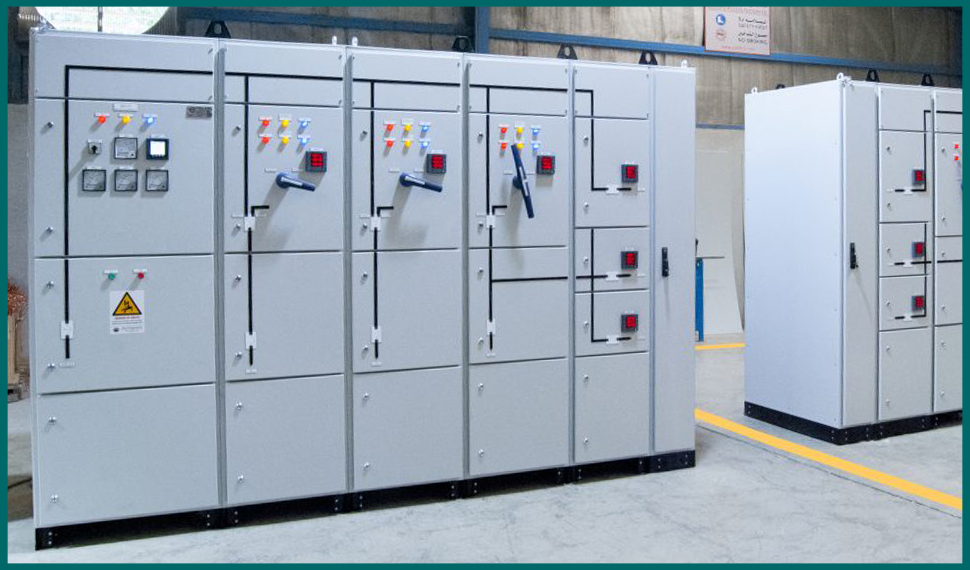Low Tension(LT) panels are crucial components in any electrical distribution system. They manage and distribute electricity at voltages typically ranging from 40 volts to 1000 volts depending on region.

Low Tension(LT) panels are crucial components in any electrical distribution system. They manage and distribute electricity at voltages typically ranging from 40 volts to 1000 volts depending on region.

Get a quote by Trigger Automation